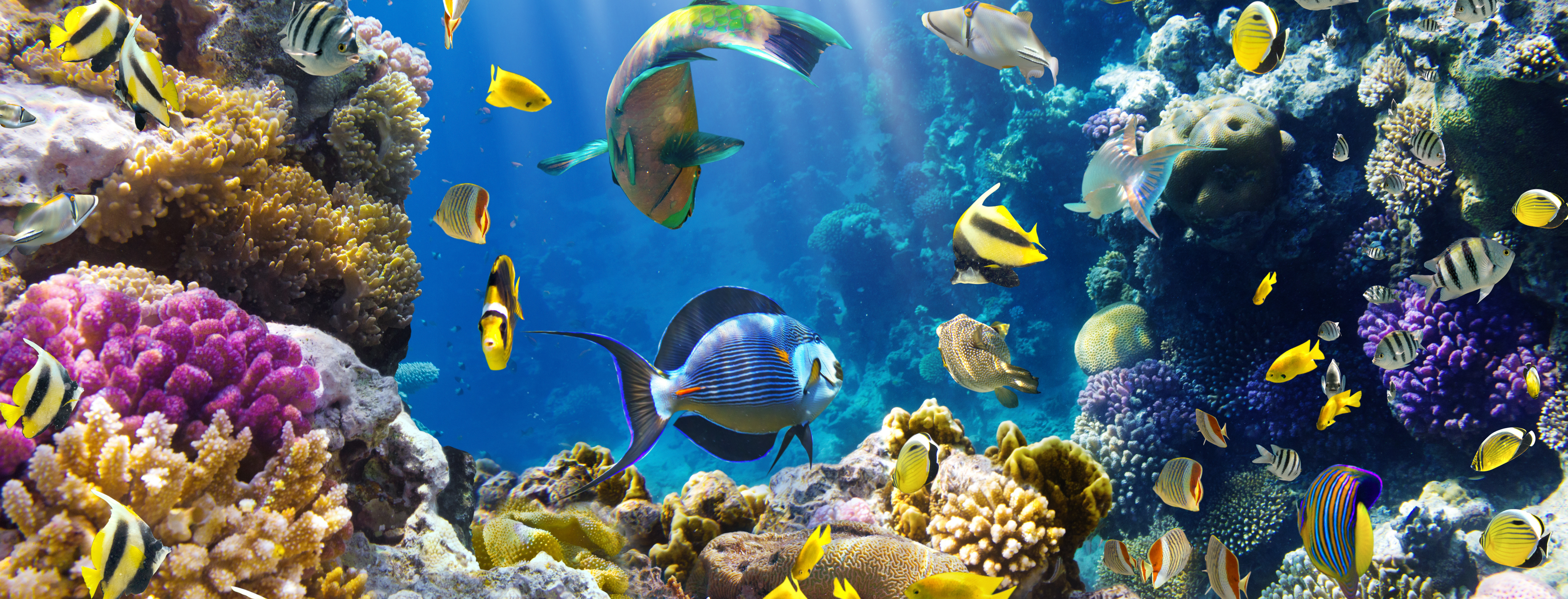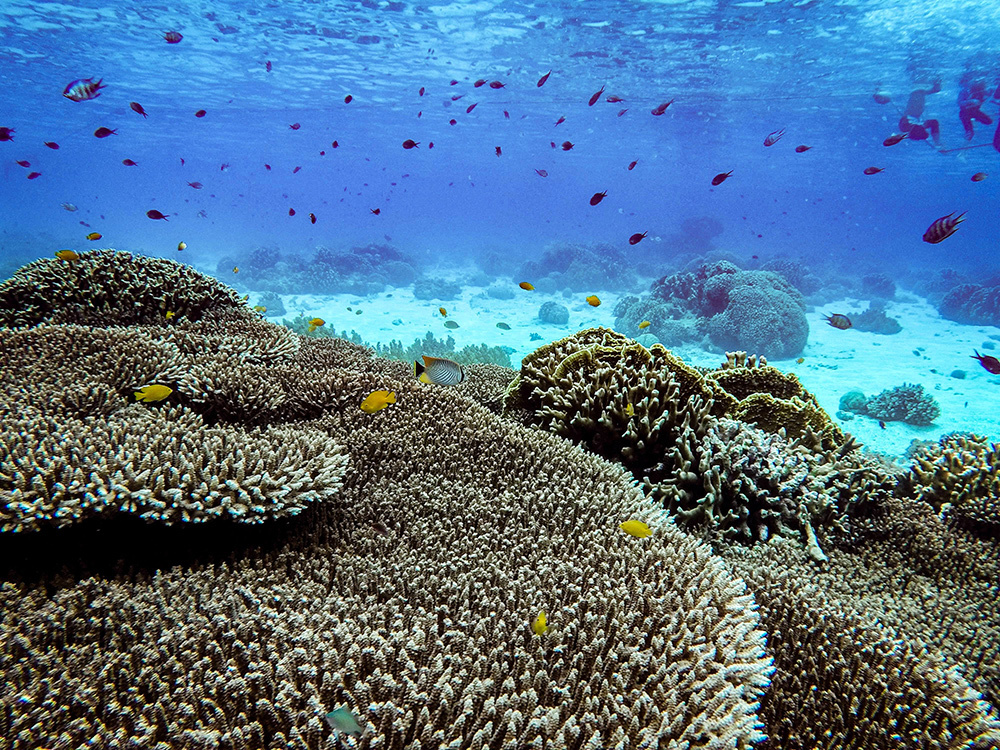
The experience of swimming beneath the surface of the crystal clear, turquoise waters of the Florida Keys is unlike any other. The underwater world of corals, lush seagrasses, brightly colored fish, Caribbean spiny lobster, and inquisitive sea turtles convince more than 700,000 recreational scuba divers and snorkelers every year that this amazing place is worth saving. Fortunately, these amazing resources have been protected and managed as a part of Florida Keys National Marine Sanctuary since 1990. Yet, with climate change increasingly impacting our ocean and coastal ecosystems, it is critical that the management of the sanctuary is adaptive and considers the full input of local stakeholders.
In July, the National Oceanic and Atmospheric Administration (NOAA) announced the release of a revised draft management plan and published a Notice of Proposed Rulemaking (“proposed rule”) for public comment. NOAA’s draft plan provides a roadmap for protecting and restoring the sensitive habitats and wildlife of the Florida Keys National Marine Sanctuary, while maintaining sustainable human uses and access to this special place.
Surfrider Foundation, led by its Florida Keys Chapter, is working to drive public comments and participation from the local community for the duration of the comment period. Our goal is to strike a balance between two guiding principles: allowing these ocean ecosystems to heal and perpetuate while still granting human access, recreation, and economic opportunities. Surfrider believes that everyone deserves access to our oceans and beaches. Our approach in this rulemaking period is centered around equitable access to sanctuary resources and rooted in robust public input from recreational sanctuary users.
The Florida Keys National Marine Sanctuary currently encompasses more than 3,800 square miles of turquoise waters, part of the only barrier reef in the continental United States, the largest documented contiguous seagrass community in the Northern Hemisphere, mangrove-fringed shorelines, hard-bottom habitat, sand and mud flats, and an array of submerged historical and cultural resources. Each of these unique resources are interconnected and threatened by the mounting pressures of climate change, disease, vessel groundings, hurricanes, and human use.
-6564-1660225133-2.jpg)
In addition to incredible ecological treasures, the sanctuary supports the lifeways and livelihoods of the residents of the Florida Keys. Tourism and recreation represent the most important economic sectors to the local economy contributing nearly $4.4 billion annually and supporting 54% of all jobs in Monroe County. More than 5 million people annually visit the Florida Keys to recreate and immerse themselves in the crystal clear waters and underwater playground of the sanctuary.
Alarmingly, this national treasure is at risk. As outlined in a 2011 conditions report, resources in the Florida Keys National Marine Sanctuary are degraded and increasingly threatened by climate change, hurricanes, diseases, vessel groundings, pollution, and human interactions. The ‘Restoration Blueprint’ (the draft management plan and proposed rule) is NOAA’s comprehensive plan to safeguard and restore the sanctuary, resulting from more than 30 years of cutting-edge science, technical expertise, and public input.
What does restoring Florida Keys National Marine Sanctuary look like in practice? NOAA’s proposed rule includes a boundary expansion of nearly 1000 square miles, including new marine zoning measures and types. Notably, the proposed rule:
- Expands and increases the number of Sanctuary Preservation Areas (SPAs) and Conservation Areas, the most protective marine zoning types in the rule, safeguarding some of the most ecologically sensitive and biologically important areas of the sanctuary.
- More than doubles the number of Wildlife Management Areas to adaptively manage and protect critical nearshore habitats, wildlife, and waterways.
- Includes ‘Restoration Areas’, a new marine zone type established to afford special protections for areas undergoing coral or habitat restoration in sanctuary waters.

Surfrider Foundation’s national grassroots activist network of 80+ chapters is working to protect marine areas and resources through NOAA’s Marine Sanctuaries program. Our New York City Chapter is currently leading the fight to designate Hudson Canyon as the newest marine sanctuary under NOAA’s management. In California, activists in the San Luis Obispo Chapter and their allies continue to fight to create the Chumash Heritage National Marine Sanctuary. Surfrider is committed to expanding protections of marine ecosystems and the unique marine environment of the Florida Keys is no exception.
The Florida Keys Chapter, composed of sanctuary users from the recreational diving, fishing conservation, and boating communities, are carefully reviewing the proposed rule and draft management plan with their local wisdom and professional expertise to ensure that the sanctuary is protected to the maximum extent practicable while preserving recreational access. The chapter is working to engage and educate the recreational industry and local community about the once in a lifetime opportunity to strengthen sanctuary protections and participate in the process. They have also developed media resources to make the complex rulemaking process and proposed changes more accessible to the public.
Florida Keys National Marine Sanctuary is one of America’s most treasured places. Help expand and protect this special marine area for generations to come by sending a message to NOAA via the online public comment portal or through Surfrider's action alert!
